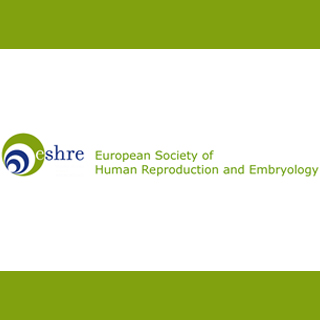
The authors enlightened that this method will help a significant amount of people. There are cancer patients with the capacity of preserving their fertility before undergoing treatment that may make them sterile. Also there are patients with a heightened risk for ovarian hyperstimulation and cases wherein a semen sample is not immediately available.
Dr. Ana Cobo, Cryobiology Unit director at Institut Universitari – IVI Valencia, Valencia, Spain, explained, “Because we were able to show that there were no differences between the two groups before embryo implantation. We can be certain that the on-going pregnancy rates in both groups were not influenced by any factor other than the method of oocyte preservation. Although there has been considerable circumstantial evidence that cryopreservation by the vitrification method produces results as good as those with freshly-harvested oocytes, until this trial there was still a lack of large randomly-controlled studies in the field.â€
A randomized clinical trail including 600 recipients was conducted by the authors. All these recipients were freshly-harvested oocytes or those preserved by the vitrification method. During this method the oocytes are apparently flash-frozen after the extraction of water to avoid them from forming into ice.
The outcome was that 43.7% of women in the on-going pregnancy rate acquired vitrified oocytes while the fresh oocyte group displayed 41.7%. While both the groups revealed identical proportion of top-quality embryos, no difference in age or other demographic characteristics was noted. Also similar incidence of male factor infertility was appeared.
Dr. Cobo shared,“As well as being able to shorten or even eliminate the current long waiting lists, egg banking also offers a safer donation process because it allows oocytes to be quarantined while the absence of any contagious disease in the donor is confirmed. Until now we have been unable to do this with any certainty.â€
An egg donor may usually be screened and made to undergo an ovarian stimulation to produce a number of oocytes that are recovered. The procedure then involves fertilizing the oocytes by the sperm of the male partner of the recipient. Then those embryos which can produce are selected as the best and are placed in the uterus of the recipient. The uterine lining is supposedly prepared in advance so that it is ready to receive the embryo.
Dr. Cobo quoted, “We need to ascertain that there are no adverse effects on children conceived from cryopreserved oocytes so we will compare obstetric and neonatal data from babies born after oocyte vitrification with those resulting from the replacement of embryos originating from fresh oocytes. Having made sure that the pregnancies are safe, it is important to ensure that pregnancy outcomes are also free from harm.â€
The authors revealed that employing fresh oocytes generally calls for a need of synchronisation of all the procedures which is not always successful. Delays for a long period of time can also be caused due to egg banking which makes it impossible to synchronise these timings. Further analysis of the progress of babies born after oocyte vitrification will be undertaken as a continuation of this study
The study is published online in Human Reproduction journal.

